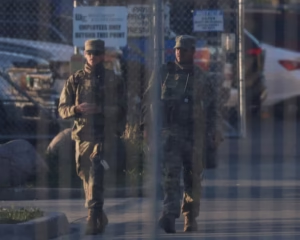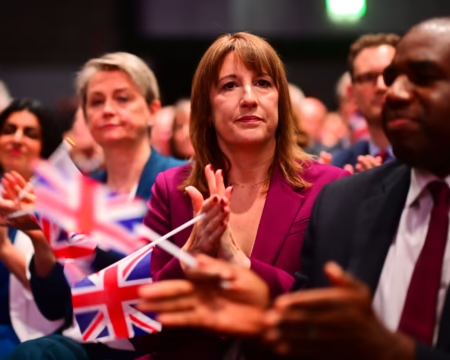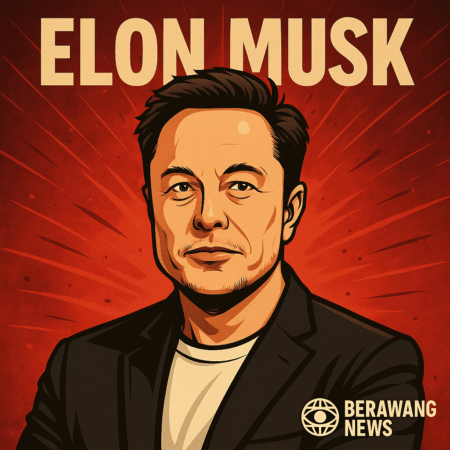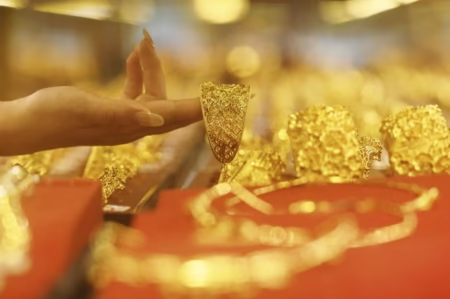The European Union has allocated €1.6 billion from frozen Russian assets to support Ukraine’s recovery after the ongoing conflict. This is the third tranche of funds provided under the EU’s program aimed at helping Ukraine rebuild following Russia’s full-scale invasion.
The European Commission said the money will assist Ukraine’s social and economic recovery. It aims to help the country manage the difficult stages of rebuilding after the war, focusing on both psychological support and economic stability.
Previously, the first two tranches were delivered through the European Peace Facility (EPF), with some funds also sent via other channels. Starting with this third tranche, 95% of the money will flow through the Ukraine Loan and Credit Mechanism (ULCM), while the remaining 5% will continue via the EPF.
The volume of frozen Russian assets abroad is substantial. Since the invasion began, nearly €280 billion of Russian Central Bank assets have been frozen, mostly in EU countries. One example is the Belgian financial firm Euroclear, which holds about €191 billion in Russian Central Bank assets. In 2023, Euroclear earned roughly €4.4 billion in interest from these assets, according to financial reports.
In July 2024, leaders of the G7 nations and the EU agreed to use interest from these frozen assets to provide $50 billion in loans to Ukraine. The United States emphasized the need for guarantees that these loans would be repaid with assets frozen in the EU, especially as sanctions against Russia tightened.
Later, the U.S. stated it would not release Russian assets until Moscow fully compensates Ukraine for damages caused by the war.
In October 2024, G7 leaders confirmed the $50 billion loan package for Ukraine, to be repaid from frozen Russian funds. This loan is a key part of international efforts to assist Ukraine in recovering economically.
On December 10, 2024, the U.S. announced a $20 billion loan to Ukraine, to be repaid using Russian frozen assets. The EU pledged up to $35 billion, while the United Kingdom contributed nearly $3 billion through the G7 framework.
These funds from frozen Russian assets represent a significant step toward Ukraine’s economic stability and reconstruction. They show the EU’s commitment to supporting Ukraine’s recovery in the face of ongoing conflict and challenges ahead.







